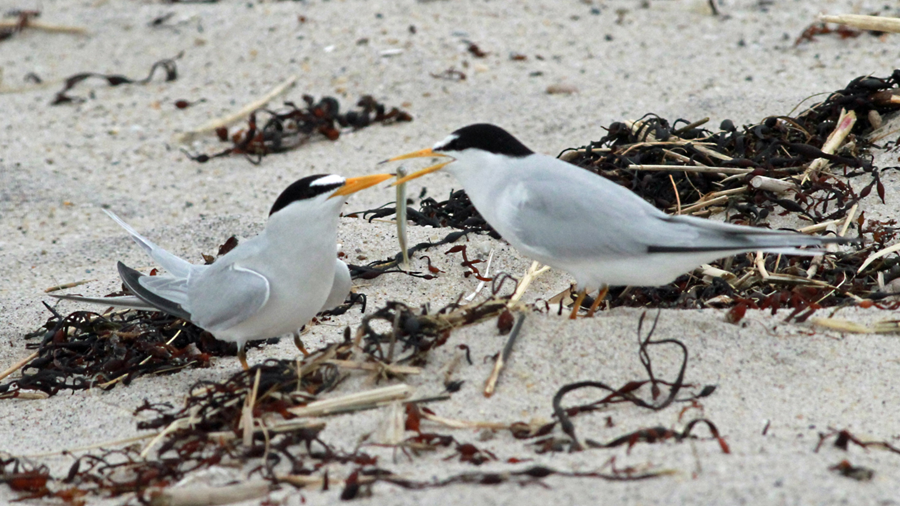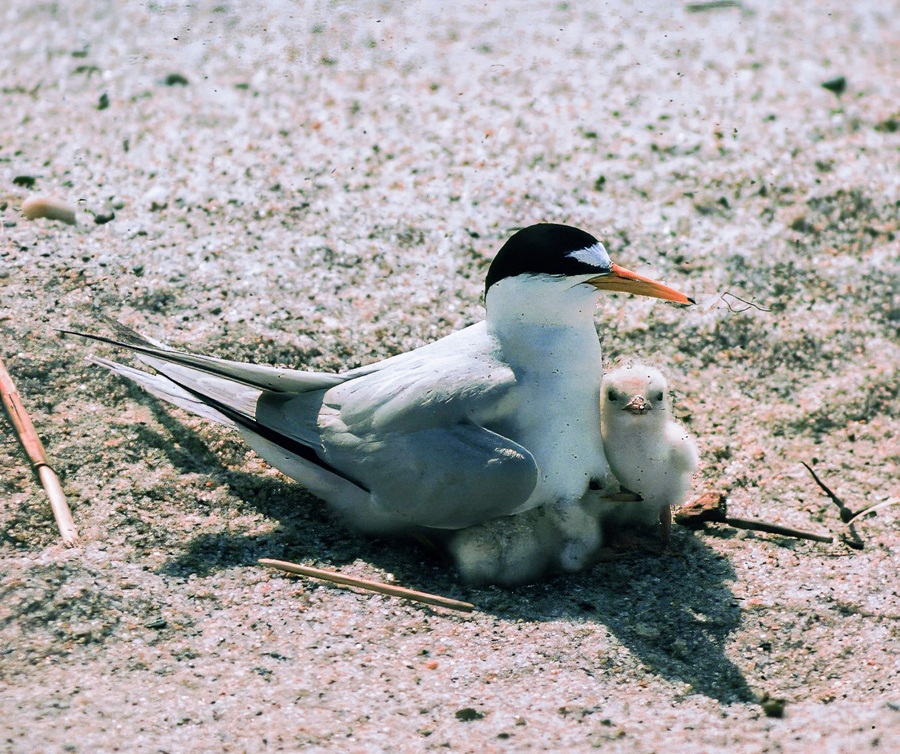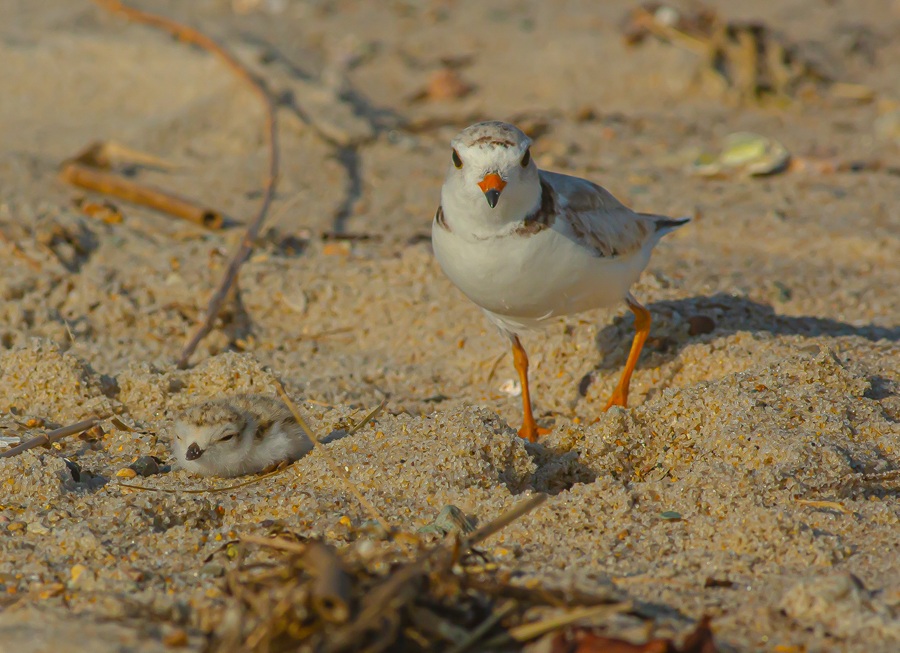It’s June, and everybody’s nesting. Or at least everybody who’s here for the season.
If you’ve been watching birds, you’ve been busy keeping track of what birds are around and where the best places are to go and find them. But by now many of the birds that wintered in the tropics have moved through the woodlands of Cape Cod and are now likely in their northern or boreal forest nesting areas.
The next migration that we’ll observe will be the high arctic nesting sandpipers and plovers that have completed their breeding cycles and are heading south from the tundra to the feeding grounds on Cape Cod. That happens in mid to late July; it may sound odd, but in ornithological terms the fall migration begins in the first half of that month.

The local nesters, though, are settling in now with nests and young. Those include the gray catbird, the Baltimore oriole, the great-crested flycatcher, and the ruby-throated hummingbird. And now is the time to settle in with them.
What I mean is that now is the time to go beyond the simple spotting of birds and checking off species on our day lists, year lists, or life lists and think about the day-to-day routines of all these families of birds and their movements in our pine and oak woodlands.
Am I the only one who has noticed that birdwatching is no longer called birdwatching? Instead, we say “birding,” though I think that sounds more like a checking-it-off-the-list sport than an observational period.
Whatever we call it, the question is, when we observe birds — whether it’s something we do casually as we look out the window or something we’re devoted to doing on birding trips, using our binoculars and cameras — do we take the time to let ourselves wonder what they’re doing? What their lives are like?
It occurs to me that birds’ lives really are rather extreme. Think about it. That catbird nesting in the shrubs around your house is involved in near-constant striving for survival. At this time of year, if you are a songbird or a piping plover or a least tern, you spend your entire day with an intense parental drive to raise your chicks.
Once you start thinking about how birds actually live, you’ll also find your appreciation for them growing.

I feel especially close to beach-nesting birds. It’s a relationship that started years ago when local, state, and federal agencies started recognizing the need to protect these birds, primarily the least terns and piping plovers, on Cape Cod. The plovers were virtually gone by the mid-1980s. It was my job back then when I was working for the Mass Audubon Society to find them, and they were few and far between.
Piping plovers are skittish birds, and during the 1970s and 1980s, research showed that this species would simply abandon eggs or chicks when disturbed or under stress. “What stress?” people would ask. “What disturbance?” Well, vehicles, dogs, kites, and gulls attracted to the food and garbage left by throngs of beachgoers. People were relatively unconcerned in those early days about our wildlife. That it would always be there for us was taken for granted.
Least terns, our smallest nesting tern, will attempt to settle on any oceanfront beach, with traditional sites being the most successful. Piping plovers nest within the least tern colonies, somewhat protected by the aggressiveness of the terns. We see string and signs designating the tern nesting areas along Cape Cod Bay and the back shore, within the National Seashore, and along the beaches of Nantucket Sound. Within them you’ll also see some “exclosures” — cage-like areas specifically for the plovers.
The terns’ nesting strategy seems simple to the untrained eye. It’s easy to observe least terns incubating eggs and think, “Oh, how nice — a nesting least tern,” and that’s that.

It’s worth wondering, though, about the complexity of the strategy carried out by that bird over a period of days and maybe weeks. How did it come to select that very spot where it will make a scrape and lay two eggs? And how long did it wait for its mate of the previous year to arrive while fighting off other birds who are anxious to form a pair bond and breed?
Older, experienced birds will leave the southern wintering grounds early, making a rapid northerly migration to a familiar breeding site where they will select a location high above the tide line, with ample cover for chicks to hide in after hatching. Younger birds, three-, four-, and five-year-olds with less experience, will be outcompeted by the experienced birds for favorable nest sites, leaving them more susceptible to high tides and predators. Experience matters to nesting birds.
The same is true when it comes to pair bonding, courtship displays, and appeasement displays. Adult males and females look identical; it’s only through calls and gentle murmuring that each bird can be sure the one courting with it is not an imposter. When a male least tern comes into the colony with a fish to present to his mate, you can be sure that any nearby female will exaggerate a courtship display to entice him to give up that fish. If you’re a least tern, you’re always reassuring your mate that you are who you are.
The next time you observe a bird, just watch it for a while. Think about who that bird is. Your questions don’t have to be complicated. Look to see if it’s carrying something. What’s it carrying? Where is it going? Is it with somebody? Who? There’s lots to see when you closely watch birds.



